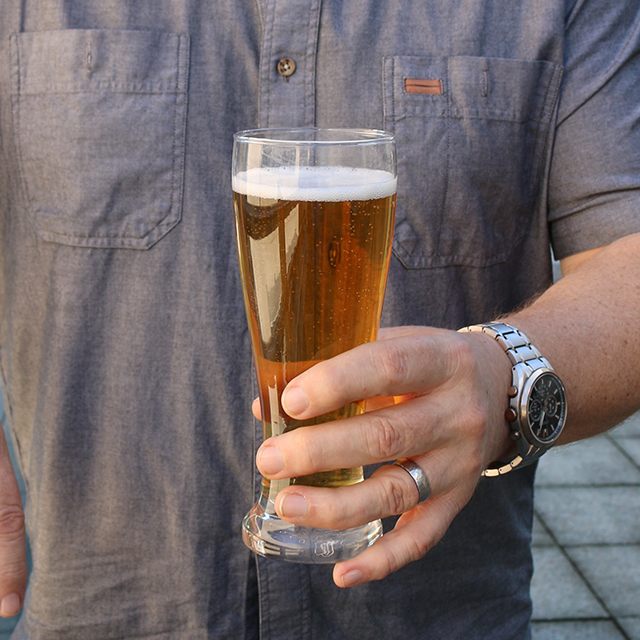A team of QAAFI-led scientists has been tasked with prescribing the unique molecular signature of Queensland’s famous XXXX beer.
The scientists are, for the first time, revealing the full profile of all the molecular components that give beer its flavour and much-prized foaming head.
Dr Glen Fox, from UQ’s Queensland Alliance for Agriculture and Food Innovation, said powerful new system biology tools offered scientists world-first insights into beer quality.
“Studying beer quality and foam is nothing new, but now we have the tools to see more of the interactions between the previously hidden molecules which are present in beer and foam,” he said.
Dr Fox heads a new project working with UQ’s Australian Institute of Bioengineering and Nanotechnology and School of Chemistry and Molecular Biosciences to gain the most detailed picture yet of all the carbohydrate, protein and yeast molecules in a glass of beer.
Supported by a two-year internal university funding grant, Dr Fox and his collaborators, Dr Claudia Vickers, Dr Amanda Nouwens and Dr Ben Schulz, will focus on beer quality, using beer foam as an example.
Dr Fox said the perfect foam on a head of beer was worth a lot to the beer consumer.
“It’s largely a matter of perception – which is that when a beer is poured, it should have about a centimetre of foam and collapse at a certain rate when you drink it.
“Plus it should have an appearance of ‘cling’, where the foam clings to the glass.
“Consistency means everything to the brewers – they want to brew beer that always tastes the same and always has the appearance of a good foaming head.
“It’s something they can’t put a dollar value on, but it’s worth a lot,” he said.
The quality and the quantity of protein in beer determines its foam quality. The UQ research has so far identified more than 200 proteins in beer.
The next step is to try to relate the known and previously unidentified proteins to beer quality.
The UQ team hopes to identify if certain proteins should be present at different stages in the process, which would allow the brewer to troubleshoot for quality control and help manage wastage and fermentability.
“It’s always been possible to test for individual components but often you could only test for one or two of these components at the one time,” Dr Fox said.
“You couldn’t tell what the interactions were between various sugars, proteins and yeast components, but now we can get a single sample that gives us a picture of what all the changes to sugars and proteins are.”
While Queensland’s famous XXXX brewing company is poised to benefit from this high-tech beer analysis, one thing will never change – the flavour.
“XXXX has been around since 1877 and we certainly don’t plan to change its flavour or quality – just carry out research to ensure it consistently stays as good,” Dr Fox said.
The research, in partnership with local XXXX and international malting company Cargill Malt (through Australian company Joe White Maltings), has funding support from Joe White Maltings and Lion, owner of XXXX.
Media: Dr Glen Fox, Queensland Alliance for Agriculture and Food Innovation, The University of Queensland, (07) 4639 8830 or 0428 101 812, g.fox1@uq.edu.au; Margaret Puls, (07) 3346 0553 or 0419 578 356, m.puls@uq.edu.au



